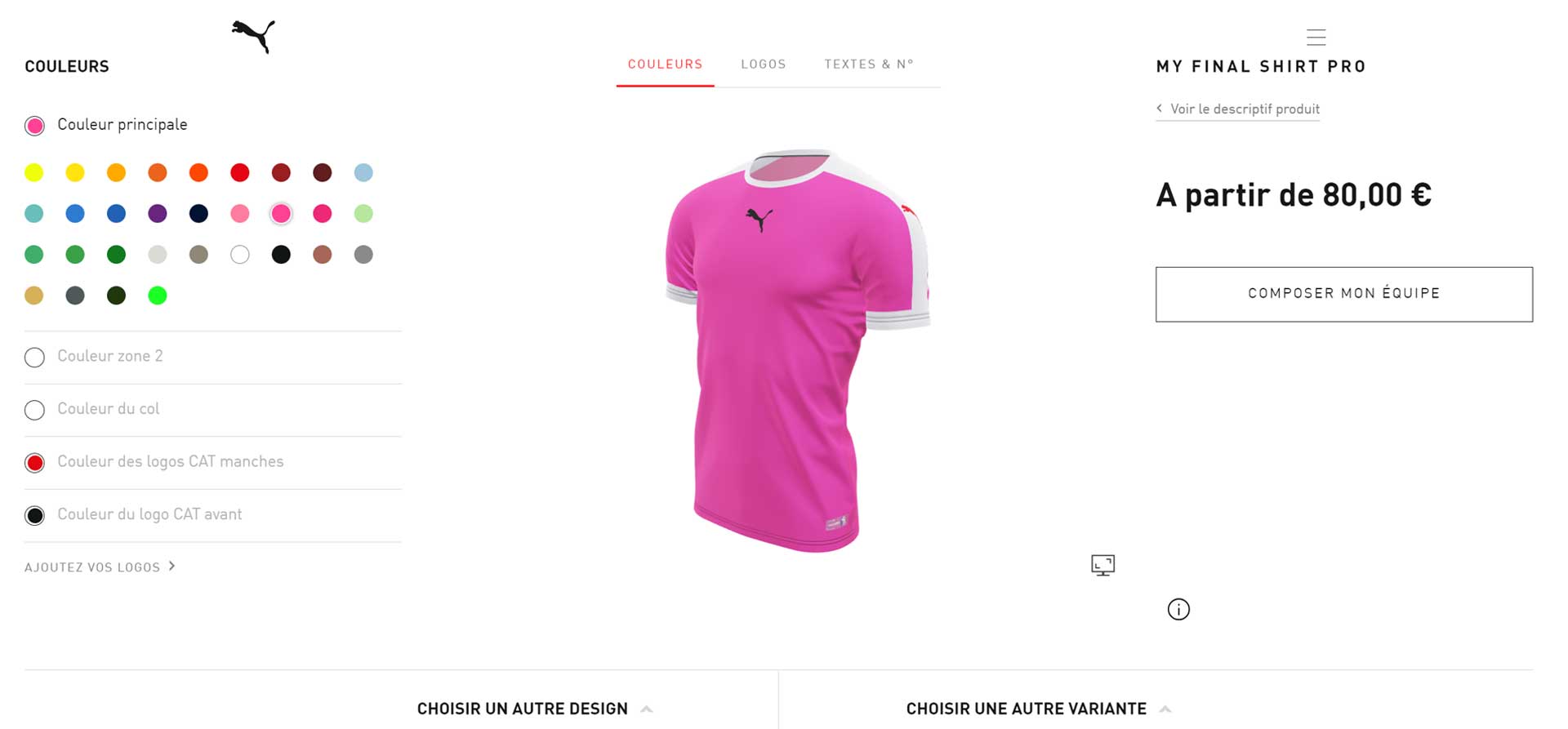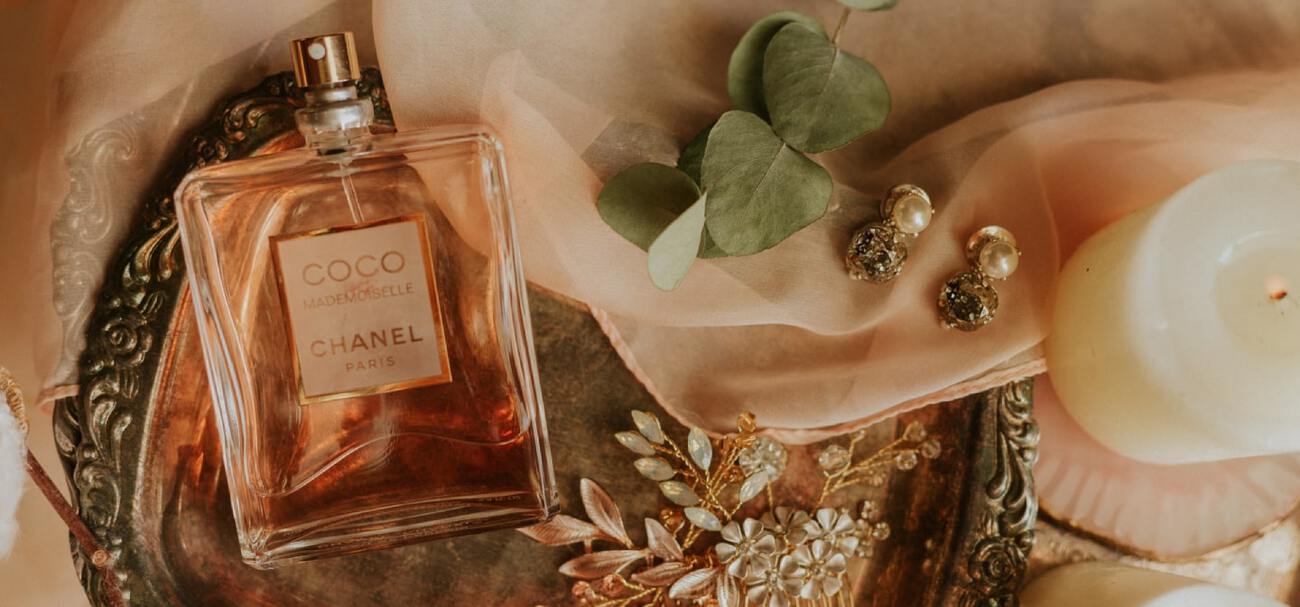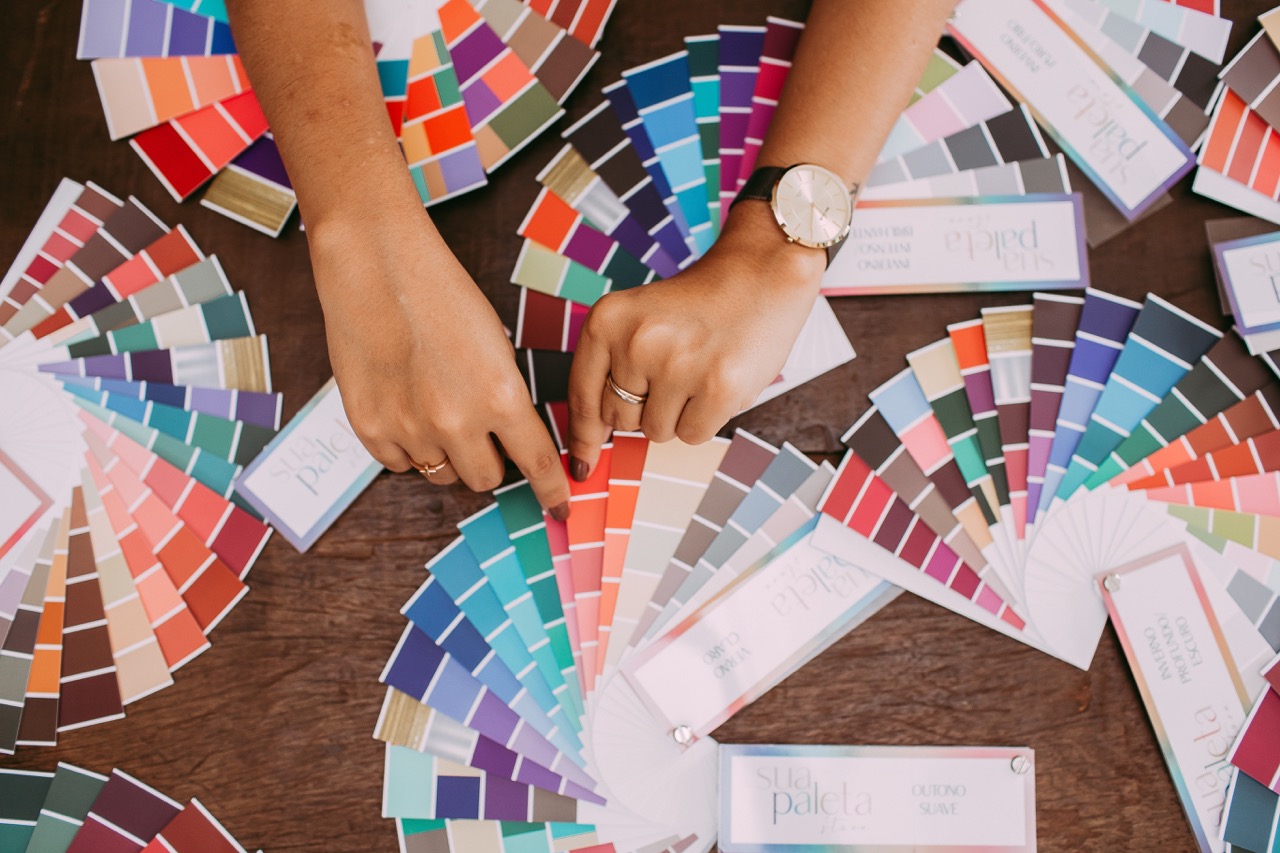
What is 3D Ecommerce?
Table of content
More and more major brands and manufacturers are integrating 3D products among their usual media (product photos and videos). 3D ecommerce is a technology that is now fully part of online sales.
This set of media constitutes visual commerce, which includes the 3D visualization tools as well that enhance your customer experience (3D, virtual try-on, AR, videos, images).
This offers numerous commercial and marketing opportunities. (Read my article about 3d marketing.) We know the importance of offering customers impactful and differentiating online experiences, as this addresses the two main challenges of ecommerce today:
- Allowing customers to clearly see products and virtually try them on (reducing returns and disappointment)
- Offering advanced customization experiences where the customer becomes a co-creator of their dream product (building customer loyalty by precisely meeting expectations and tastes)
A seamless Online-to-Offline Integration.
Cloud-based 3D product models enable a cohesive shopping experience across both online and physical stores, ensuring a seamless omnichannel customer journey.
What Technology Powers 3D Visualization?
Initially, 3D was not compatible with the web environment and caused slowdown issues and integration problems with ecommerce platforms (Shopify, Magento, etc). Most of the time, it required installing plugins which did not work reliably across all platforms. Ultimately, it did not allow brands to develop satisfactory, high-quality experiences.
This is no longer the case because since 2012, the WebGL technology has standardized and made 3D compatible with all market platforms and browsers.
WebGL is a 3D visualization technology developed by the Khronos Group consortium, which by bringing together major web browser and graphics card companies, enabled the standardization of 3D visualization on the internet.
Today in 2024, a 3D visualization software like Apviz uses the WebGL standard but is dedicated to ecommerce use cases. This allows their clients to use 3D without slowing page load times and without negatively impacting SEO. The platform is fully dedicated to 3D shopping experiences (viewers, configurators, AR and virtual try-on) and easily integrates into product pages.
Examples of Hugely Successful 3D Configurators
Many major brands have invested in these technologies to present their products online with hugely successful results. Nike By You allows customers to fully customize their sneakers, for example. Cartier showcases a large portion of its products in 3D as well.
Here are some examples of 3D configurators in apparel e-commerce:
IKKS offers an interactive 3D viewer for their iconic 111 bag. The benefit of this project is the ability to easily update it, as the brand frequently changes materials while the bag's shape remains the same.

Puma Teamwear uses the Apviz solution for its sportswear jersey configurator. This allows sports clubs to co-create custom uniform designs online that will be made-to-order.

What Kinds of 3D Online Shopping Experiences Are Possible?
Let's explore the amazing customer experiences that 3D ecommerce solutions can provide. How can you craft experiences that captivate shoppers and drive more sales?
Photorealistic 3D Visualization
Imagine your customers being able to inspect every detail of your products in crystal clear, photorealistic 3D - just like examining it in real life. 3D visualization allows this level of clarity and interaction, reassuring buyers and providing far more impactful product pages.
Visual quality and 3D realism have advanced tremendously, with today's real-time 3D (the same technology used in video games) achieving visualization standards once only possible with pre-rendered 3D imagery for movies.
Co-Design with 3D Configurators
What if your customers could actually become co-creators of their dream purchases? 3D configurators let shoppers interact with and customize products themselves, choosing colors, materials, components and more.
For example, sports teams could co-design their perfect uniforms. Furniture buyers could mix-and-match to create their ideal sofa set. This fun, engaging experience brings customers closer to your brand while minimizing issues like not being able to properly evaluate products online.
However, the configurator's user experience is crucial. You'll want to guide customers without overwhelming them with too many options.
Consider consulting UX experts.
Virtual Showrooms & the "Metaverse"
3D is enabling entirely new immersive environments known as the "metaverse." Innovative brands are creating virtual 3D showrooms, storefronts or poetic digital spaces that customers can explore using VR headsets, smartphones or web browsers.
For example, an automaker could let prospects experience their latest model's interior in a stunningly realistic virtual showroom.
Augmented Reality (AR) & Virtual Try-On
One of the most powerful advantages of 3D ecommerce is augmented reality (AR) and virtual try-on (VTO) capabilities. With just their smartphone camera, customers can visualize how furniture would look in their home or virtually try on jewelry items.
Studies show that 80% of shoppers feel more confident visualizing products in AR, with 2/3 being less likely to return items after an AR experience. This direct product visualization reassures shoppers in a way traditional ecommerce cannot match.

Advantages for Ecommerce
Implementing 3D and immersive experiences can provide ecommerce businesses with a powerful competitive edge. In addition to enhancing product visualization, there are several key advantages:
An Enhanced Shopping Experience
As we've seen previously, one of the main advantages of 3D solutions dedicated to ecommerce is providing better shopping experiences and allowing customers to better view and even virtually try on products online. Of course, if the experiences are relevant for consumers, they directly increase conversions - which is most important.
Increased Conversions
With products able to be properly evaluated, conversion rates on product pages with 3D/AR visualization can increase by up to 40% compared to traditional product galleries.
Reduced Returns
Better visualizing and customizing products can have a very positive impact on one of the secondary costs of ecommerce - product returns and customer disappointment. Another potential advantage is sustainability benefits by reducing shipping costs and carbon footprints through minimized product returns.
Improved Customer Loyalty
By delivering innovative, delightful experiences tailored to customers' preferences through customization and personalization, brands foster stronger loyalty and repeat purchases.
It also helps improve brand image, as offering innovative solutions contributes to the perception your customers will have of your company.
Generating Images from 3D Configurators
Another cost-saving advantage - you can generate product images directly from the 3D models in your configurator. This allows for visual consistency across all your product listings, avoiding the need for often expensive photoshoots.
Ultimately, these advantages can supercharge your ecommerce strategy - driving more sales, reducing costs, and cultivating a loyal customer base excited by your brand experiences.
What Are the Costs of 3D Ecommerce?
The costs greatly depend on the type and complexity of your project. Is it a viewer or a configurator?
Here are the main elements to include in your specifications that will impact the price of your project:
Do you already have 3D clones of your products?
- How many products need to be 3D modeled?
- What existing sources do you have (CAD models, plans, product photos, actual products)?
- How complex are your products?
- How many configuration and material choices are needed?
- Does your project require a specific user journey?
- Does the configurator need to communicate with your databases (ERP, PIM, DAM)?
3D Product Modeling
From conception through the full lifecycle, more and more major brands are creating digital twins - 3D clones of all their products based on CAD files.
Another technique is scanning existing products or having specialists model them from images. Often, the 3D objects need optimization to load quickly on your site.
In any case, modeling remains an essential step not to be neglected for a realistic, high-quality result. Modeling costs are unavoidable but can be optimized since 3D models can be used across many applications: augmented reality, product videos, product images, etc.
Hosting and Delivering 3D Configurators
You'll also need to account for the annual license costs of using a 3D ecommerce platform like Apviz. These cover using the platform, hosting the 3D products, and delivering them to ecommerce sites.
They also cover maintenance, updates, and ensure a robust infrastructure dedicated to ecommerce constraints (fast 3D model loading speeds).
How Can I Integrate 3D on My Ecommerce Site?
Most ecommerce CMS platforms are compatible with 3D configurators. As mentioned, 3D is a web standard and thus a natural component for nearly all major ecommerce platforms.
A 3D visualization platform typically integrates with leading CMS like Shopify, WooCommerce, PrestaShop or Wix which are all compatible with 3D ecommerce viewers and configurators.
Get Help from Specialists
The major strength of using a 3D ecommerce platform is the ability to grow and evolve your project, as the platform allows you to independently update your 3D experiences later on.
However, designing an initial 3D ecommerce project requires specialized resources and expertise. Don't hesitate to enlist a service provider who can guide and advise you through all project stages.
You can contact the project teams at the 3D visualization platform of your choice. They can discuss with you and provide a quote for carrying out your project, 3D product modeling, user experience design, or web app development.
The specialist teams at Apviz can conduct a study of your project and provide a precise quote.
Is AI the Future of 3D Ecommerce?
Product customization and personalization are growing rapidly as they create a very strong connection with customers. However, it remains limited by a significant risk due to the quality of the proposed UX and the "paradox of choice": The more freedom and choices given to users, the more likely they are to become overwhelmed and disappointed.
In fact, a configurator can be counterproductive because users may fear making poor choices and prefer to purchase a design already validated by the brand's designers.
Thanks to continued advances in conversational artificial intelligence, the risk associated with bad choices will be reduced as AIs will be able to advise, guide, and validate users in their selections. This will greatly enhance the quality and impact of future experiences.
Will all products be unique and made-to-order tomorrow?
What is certain is that there will be increasing AI-assisted choice support for 3D product configurators, and more personalization options.
By Hugo Rimélé - Fri Jun 21 2024
Stay informed
Discover more articles

17 e-commerce trends to leverage for higher sales
From augmented reality to omnichannel marketing and remote services, e-commerce trends are adjusting to give customers the best possible experiences....

Cosmetics industry trends and marketing techniques
The cosmetics industry, also known as the beauty industry, includes fragrances, skin, hair and personal care and color cosmetics like facial make up products, nail care products, lip care products, and eye make-up products....

3D product visualization and made to order, a strategy for success?
This article explores the impact of a 3D configurator dedicated to custom manufacturing companies, which revolutionizes your business by offering an immersive and innovative customer journey. It enables customers to visualize products before they are...